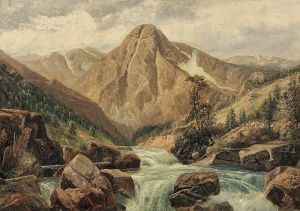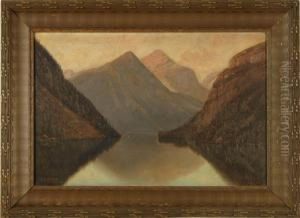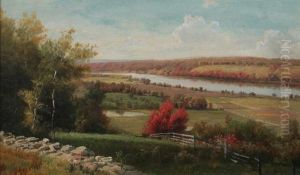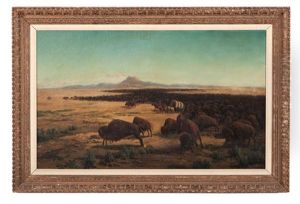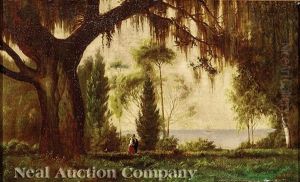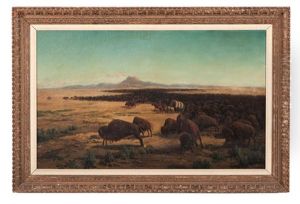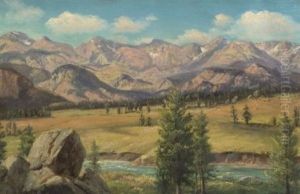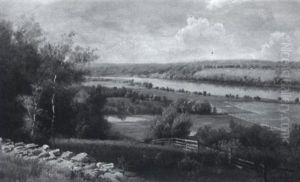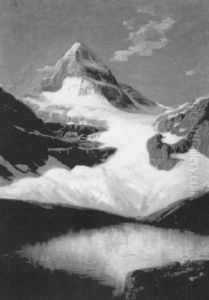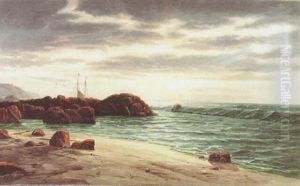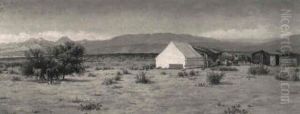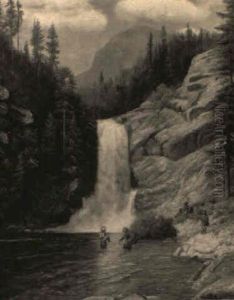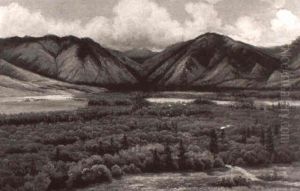Henry Howard Bagg Paintings
Henry Howard Bagg was an American artist known for his landscape paintings and portraitures. Born in New York in 1852, Bagg developed an interest in art at an early age. He pursued his passion for painting by studying at the National Academy of Design in New York City, where he honed his skills and gained exposure to various artistic styles and techniques.
Bagg's artistic career was characterized by his depictions of the American countryside, capturing the serene beauty of rural landscapes with a naturalistic style. His paintings often featured the rolling hills, lush forests, and tranquil rivers of the United States, reflecting his appreciation for the country's natural splendor. Bagg's landscapes were recognized for their attention to detail and the use of light and color to create atmospheric effects.
In addition to landscapes, Bagg also excelled in portraiture. He was adept at capturing the essence and personality of his subjects, whether they were prominent figures or everyday people. His portraits are noted for their realism and the skillful rendering of his subjects' features and expressions.
Throughout his career, Bagg exhibited his work at various art galleries and institutions, gaining a modest level of recognition among art enthusiasts and collectors. His paintings were appreciated for their tranquil and idyllic qualities, which offered viewers an escape from the rapid industrialization and urbanization taking place in America during his lifetime.
Henry Howard Bagg's contributions to American art were not widely celebrated during his lifetime, and he remained a relatively obscure figure in the art world. However, his paintings have since been recognized for their historical value and their representation of the American landscape during the late 19th and early 20th centuries.
Bagg continued to paint and exhibit his work until his death in 1928. Although he did not achieve widespread fame, his paintings are a testament to his skill as an artist and his dedication to capturing the beauty of the American landscape. Today, his works can be found in various art collections and are studied by those who have an interest in the artistic movements of his era.
